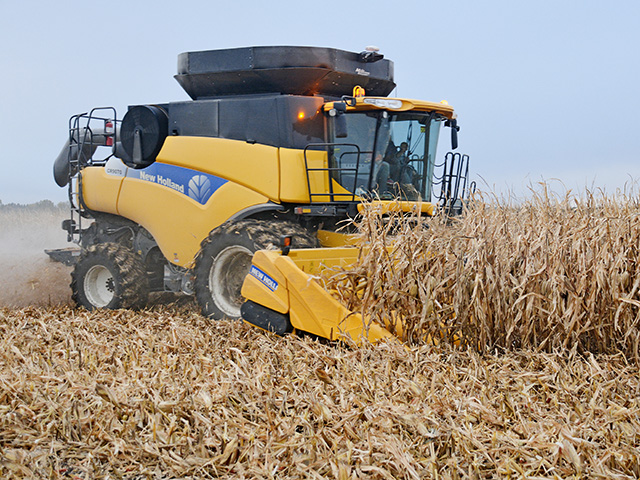Weatherlink
Favorable Harvest Pattern
Fall 2020 has the earmarks of a season with many crop areas looking at a warm and dry pattern. The exceptions are in the corners: the Northwest, Northeast and peninsula of Florida.
A primary reason for these features is the high likelihood of at least a weak La Niña cool ocean temperature pattern forming in the equatorial Pacific Ocean. The cooler ocean pattern changes the configuration of the upper air circulation over North America, with a strong drier signal in the interior areas and higher chances for above-normal precipitation focused over northern areas.
Here are the regional forecast details.
MIDWEST
Temperatures are likely to reach above- to much-above normal levels. Precipitation varies from near to above normal in the northern Midwest to below normal in the central and southern sectors of the region. Harvest disruptions do not look to be extensive. In addition, crops should have a favorable drying trend, which would help to reduce the amount of fuel needed to run the grain dryer.
DELTA
A combination of above-normal temperatures and below-normal precipitation highlights the fall forecast. There is a wild card in this outlook in the form of tropical weather activity. La Niña conditions support tropical weather system formation; and we know that just one tropical system -- whether a hurricane tropical storm or "just" a depression -- can bring rain and wind to cause extensive crop damage.
SOUTHEAST
Temperatures have a departure from other regions in the contiguous U.S., with a near- to above-normal trend. Precipitation is mostly below normal; however, south Florida is an exception, with above-normal amounts indicated. As with the Delta, the potential for tropical weather system impact will be a seasonlong item of close interest.
P[L1] D[0x0] M[300x250] OOP[F] ADUNIT[] T[]
GULF COAST
A warm and dry pattern, with above-normal temperatures and below-normal precipitation, appears set for the Gulf Coast region this fall. If this verifies, fall harvest will have a favorable pattern. But, again, the potential for Gulf tropical weather system formation and impact cannot be ignored.
MID-ATLANTIC AND NORTHEAST
In a rarity compared to most other regions, the eastern and northeastern U.S. have above-normal to much-above-normal temperatures but also above-normal precipitation in the fall forecast. The increased precipitation will be welcome after drought development during the summer.
NORTHERN PLAINS
A very warm pattern is in store, with temperatures much above normal. Precipitation has a near-normal indication. This would be very welcome after rain in 2018 and snow in 2019 caused extensive harvest disruption.
CENTRAL AND SOUTHERN PLAINS
Much-above-normal temperatures and below-normal precipitation mean a warm and dry harvest for row crops. Implications with this pattern also pose drier soils and unfavorable conditions for the new winter wheat crop planting and development. This may also affect livestock winter-grazing plans.
SOUTHWEST
Temperatures above normal. Precipitation below normal. A late-developing monsoon flow last summer resulted in less precipitation than normal; consequently, very little easing of drought and likely intensifying of drought. Mountain snow prospects look to be below normal, thus calling into question irrigation supply for 2021.
FAR WEST
Temperatures have a warm signal -- above to much above normal. Precipitation continues a dry trend, with below-normal amounts indicated. Along with the Southwest, drought conditions are likely to persist and intensify. Mountain snowpack extent is questionable for next spring.
NORTHWEST
Temperatures above normal. Precipitation above normal. In contrast to the drier trend for the Southwest, the Northwest has a strong tendency for precipitation to trend above normal when La Niña develops.
> Read Bryce's weather blog at about.dtnpf.com/weather.
> You may email Bryce at bryce.anderson@dtn.com, or call 402-399-6419.
[PF_0920]
(c) Copyright 2020 DTN, LLC. All rights reserved.




